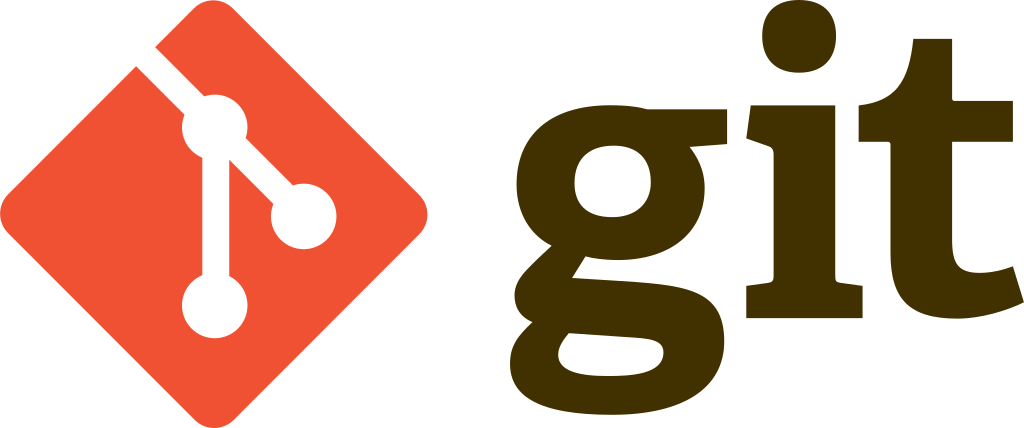When we hear the word, ‘Git’ or ‘GitHub’ what comes to mind is a website on which we can find codes about various projects which people have done. But in fact, it is so much more than that. Git works as a platform which provides us with repositories which store the code made by the developer. Often an application or software has bugs in it, which is understandable considering the amount of development needed. But a developer can access the history of the code and understand where he was wrong with the help of platforms like Git. This type of platform enables the developer to access the code and edit it. This is Version Control Systems.
Why was the Version Control System introduced?
Version control helps the people in a development team with dozens of engineers working on it to monitor and track the changes so that if in the future there exist a few conflicts in the code it can be traced back immediately and rectified. A good version control system aids the developer’s team to implement their workflow fluidly. It should also be compatible with all OS’s and Toolchains used by the developer. Over the years, Version Control Systems has seen huge improvements in terms of speed and efficiency.
A few types of Version Control Systems are:
Local Version Control System (LVCS)
It is one of the simplest forms of the version control system. This has a very basic working, one like that of a puzzle. It consists of a central database, connected with various patch files present on special format disks. These disks are like the pieces of a puzzle which when connected with each other can show a part of the image of the entire photo. After the combination of the disks, it shows the code of a particular time and if needed the developer can access these set of files.

Centralized Version Control System (CVCS)
A centralized Version control systems have only one repository and each individual user gets a separate copy in which they edit the code according to the tasks assigned to them. After project completion, the job is to commit it to the central repository and update it. This has only one fault, it being that if the central repository goes down the entire system fails.

Distributed Version Control System (DVCS):
It is a popular type of Version Control Systems. It is very similar to CVCS, with the major difference being that it contains multiple repositories. Each user has their personal working copy and repositories. The user after completing their work, commit their work to their local repositories. If they want all the other users to be able to view these changes, they need to push them to the central repository. To make others changes visible to you, they need to commit their work and push it. Then we need to pull it and update it. A few examples of a few famous DVCS are Git and Mercurial.

Git and Mercurial are only a few examples of what a Version Control System is. 10-15 Open Source Version Control Systems are currently functioning. A few of those are:
Git
It is by far the best Version Control System to exist. There is good and strong branching support for non-linear development. It uses the DVCS method of system so there always exists a backup for it. High compatibility with existing protocols like HTTP, FTP and SSH. It’s popular among all developers and has good cryptographic authentication. It also has pluggable merge strategies which aid in its usage. It also has an amazing command line utility which can quickly re-scan, state change, sign off, commit & push the code quickly with just a few clicks.

CVS:
This is also a popular revision control system. It implements a server-client repository model. It keeps good historical snapshots of the project in work. Simultaneously different branches of the project can work. . It also allows anonymous read access. For efficient storage, it uses the delta compression technique. It has very good support from the vast CVS community, and allows for good browsing of the source code. A few cons are that there is no integrity check for the source code repository, it offers poor support for distributed source control and it does not support signed revisions and merge tracking.

SVN:
This is the Apache Subversion, which aims to succeed CVS. It also has a server-client repository model, however an advantage over CVS is that it allows to have distributed branches. The operations to copy, delete, move and rename has a efficient flow because it is versioned. It supports atomic commits. It also has space efficient binary difference storage. Other features are that, it has full merge tracking, path-based authorization, file locking, has good GUI tools and allows empty directories. A few downfalls are that, it does not store all the modification time of the files. It also does not support signed revisions.

Mercurial:
It uses a DVCS, so we know that it implements a local as well as a central repository. It is fast and powerful and easy to learn. There is support for advanced branching and merging capabilities. It is fully collaborative and decentralized. It handles text and binary files robustly and also has an integrated web interface. It’s cons are, the add-ons are in Python and no partial checkouts can happen.
Monotone:
It is written in C++ and is a tool for distributed revision control. It provides good support for internationalization and localization as well. It’s employment of cryptographic primitives to track file revisions and authentications which make it secure. The main purpose for it is to distribute operations which can import CVS projects and work on it. It is easy to learn, works great with branching and merging. The downsides are that it has performance issues for some operations and it can’t commit or checkout from behind the proxy.

Bazaar:
This was written in Python 2 and C. It has similar commands to CVS and SVN, it allows the user to work with and without a central server. It also provides a free hosting service through the website Launchpad, the plugin system is also easy to use. Its main perk is that it offers high storage efficiency and speed. Its cons are, it does not support partial checkout or clone and it doesn’t provide timestamp preservation.

Vesta:
This tool was developed in the 1990’s and was first published on 1993. It guaranteed precise build repeatability, which encapsulated an environment which was cut off from the normal filesystem. It had completely automatic dependency detection. This ensured that record files accesses made during builds, rather than having the user to explicitly specify it. It also had a shared build cache, which when multiple developers are using the system, they share the same pool of completed build work.

BitKeeper
It uses a DVCS type of system. Originally it was a proprietary software, but later it was given an open source license in 2016.It offers a smoother change in management. It is easy to learn as well, because it provides thorough documentation. A few cons are that it does not offer bug tracking, a important feature required. It also does not have code review and and does not allow collaboration from a third party.

Darcs
It is a DVCS system made with David Roundy. This tool is written in Haskell and supports Linux, Unix, BSD, macOS and Windows. A few key features include the ability to choose which changes to accept from other repositories and which not too. It works on the concept of linearly ordered patches. There are fewer and more interactive commands, so it is more intuitive to use. It also offers to send systems for direct mailing. Cons are that it has performance issues related to merging operations, and has long installation time.

Revision Control System:
This is a very old tool developed in the year 1982. This is an early version of VCS. With respect to its time it was a well developed software which allowed revision of documents and a tree structure.
In my opinion, Git is the best Open Source Version Control System because it enables the user to provide faster commits, and has no single point of failure. This feature helps it to succeed SVN because if the central repository goes down then the entire system goes down and this interrupts the flow of the work. Another advantage is that it is also available offline. So a developer can work on the code and store it locally and later push it onto the central repository.












